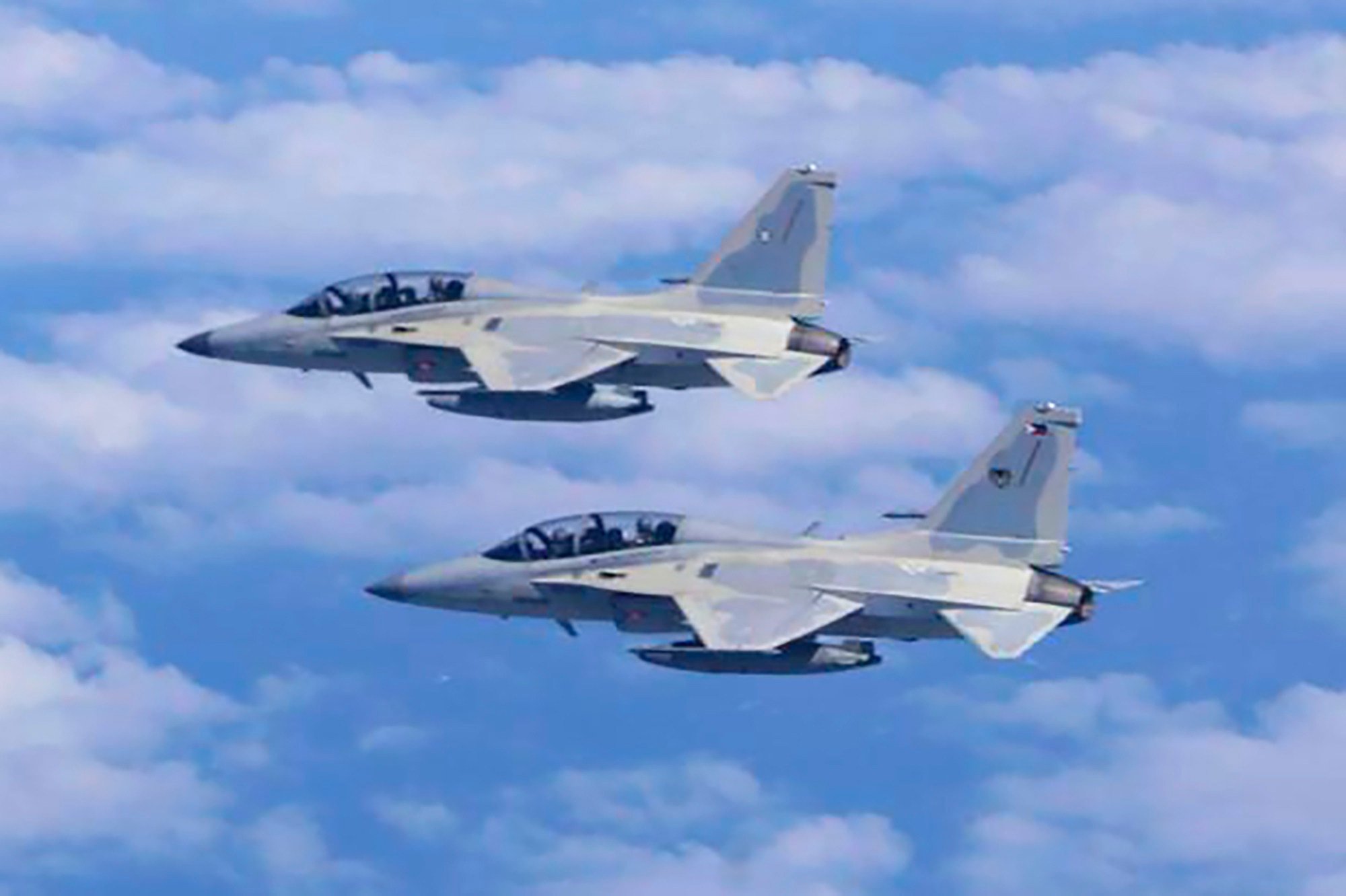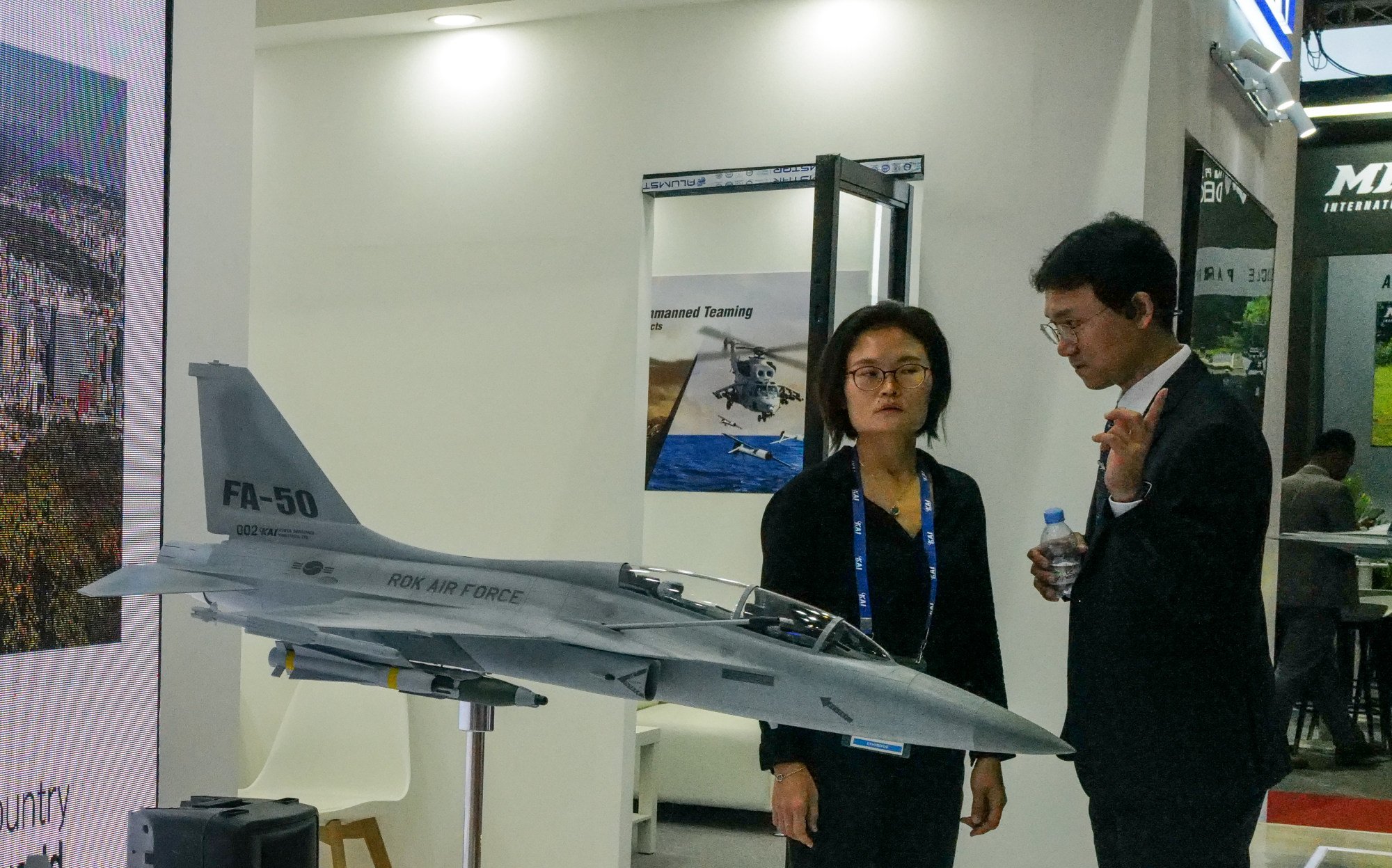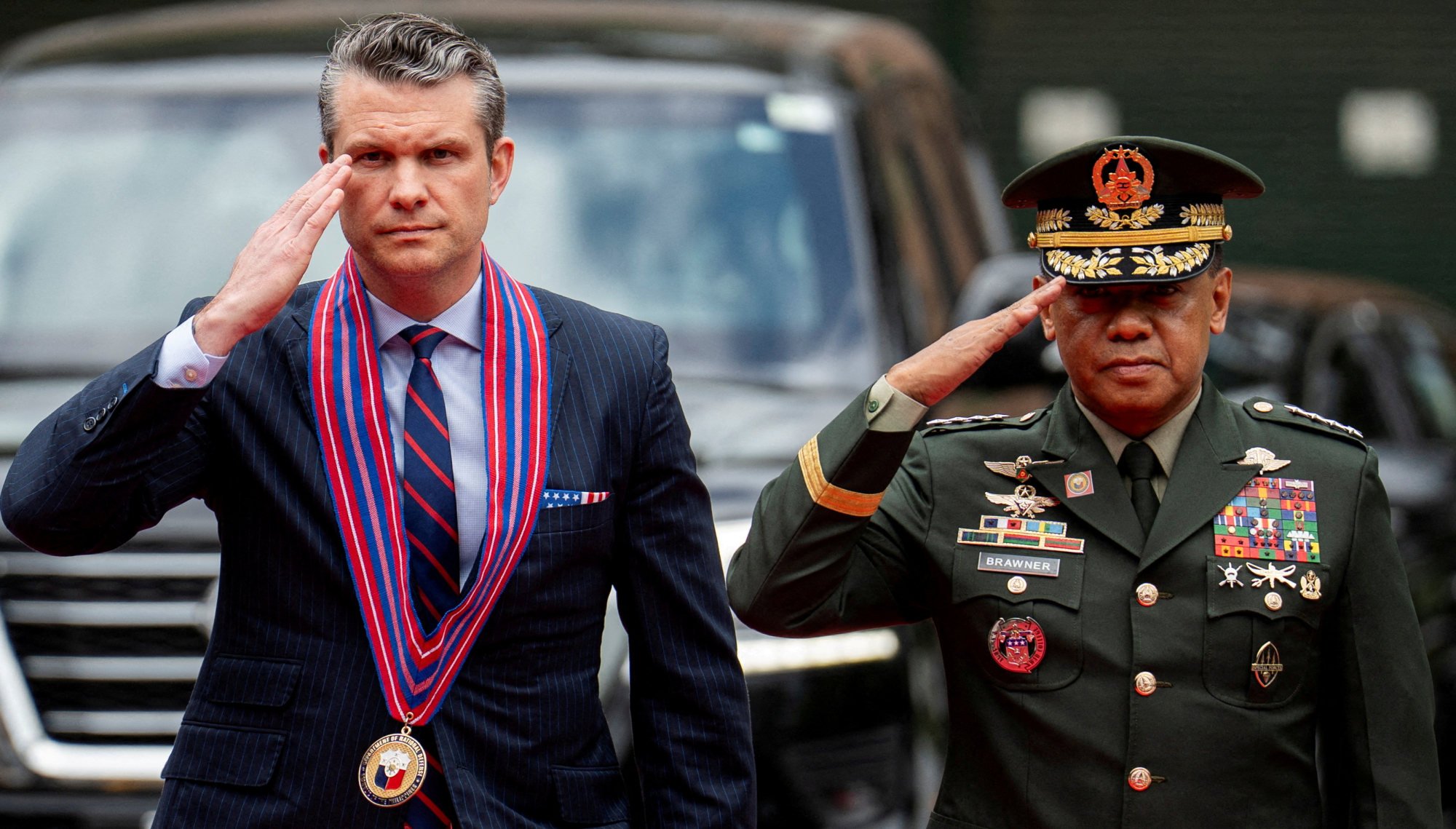Philippines boosts air power with 12 FA-50 jets amid South China Sea tensions
The light combat aircraft is ‘as good a deal as Manila can get’ as an alternative to the US F-16 multirole fighters, analysts say

Manila’s deal to acquire 12 upgraded FA-50 fighter jets from South Korea could significantly strengthen the Philippines’ air defence and power projection in the contested South China Sea – but analysts say the light combat aircraft still fall short of the multirole fighters the country ultimately seeks.
The US$700 million contract, signed on Tuesday with Korea Aerospace Industries (KAI), will see the delivery of the aircraft between 2026 and 2030, the state-run Philippine News Agency reported.
It marks the second time the Philippines has turned to KAI, having bought 12 FA-50s in 2014. Eleven remain in service after one crashed in March during a mission in the southern Philippines, killing two pilots.
The new FA-50 Block 70 jets will come equipped with an Active Electronically Scanned Array radar, aerial refuelling capability and advanced air-to-air and air-to-ground weapons systems, according to KAI.
The Philippine Air Force (PAF) currently uses the FA-50 for both air patrol and strike missions. Analysts said the latest order would double the fleet, ease the burden on ageing aircraft and support the air force’s modernisation road map.
Known as the Flight Plan, the programme prioritises the acquisition of surface attack aircraft to strengthen territorial defence.

Sherwin Ona, a visiting fellow at Taiwan’s Institute for National Defence and Security Research, said the upgraded jets were expected to offer greater range and carry a heavier payload – aligning with the air force’s goal of deploying them for ground attack and air interdiction roles.
“Since we do not have a suitable multirole fighter, the new FA-50s can temporarily cover the air defence requirement [as a] stop gap measure. The PAF is also using the FA-50s for … fighter training. So, this platform is good for preparing our pilots for the incoming [multirole fighters],” said Ona, also associate professor of political science at De La Salle University in Manila.
Vincent Kyle Parada, a former defence analyst for the Philippine Navy, said any armed conflict in the South China Sea would primarily play out in the air and at sea – the two domains the military is most deficient in.
The current FA-50 squadron, he said, was the PAF’s most advanced unit to date. While the military does have several turboprop aircraft – such as the recently decommissioned OV-10 Bronco and the coming Super Tucanos from Embraer – these are mainly used for counter-insurgency operations.
“The new FA-50 contract would effectively double the size of the PAF’s fighter fleet, allowing it to establish a second operational squadron and relieve the burden on its existing assets. More importantly, it will provide the PAF with much-needed long-range strike capabilities pursuant to the Comprehensive Archipelagic Defence Concept,” Parada told This Week in Asia.
This concept is Manila’s new strategy designed to protect the country’s exclusive economic zone, which is located in what it calls the West Philippine Sea.
Chester Cabalza, president of the Manila-based think tank International Development and Security Cooperation, said buying from the open market showed Manila’s viability to build its own collection.
“Part of the bidding and procurement processes is to seek low-cost yet durable jets for multirole tasks. That is why the Korean-made jets are more affordable and reachable for the PAF than the expensive US F-16s,” he said.
In March, the US announced it had approved the sale of multirole fighters to Manila. The announcement came just days after President Donald Trump sent Defence Secretary Pete Hegseth to the Philippines, where he pledged to strengthen defence ties between the two countries.
But Philippine Ambassador to the United States Jose Manuel Romualdez admitted recently that the government was still seeking funds to buy the US jets.
Manila would have to study how to finance the purchase of 16 F-16C Block 70/72 jets and four F-16B Block 70/72 fighters worth US$5.58 billion, Romualdez said, as quoted by ABS-CBN on May 30.
“It really boils down to cost. Aerial warfare is platform-centric, and for a developing country like the Philippines, the price of aerial platforms – especially US-made ones – is simply too much to afford,” Parada said.
“The FA-50 is a platform the PAF is already familiar with – and South Korea a preferred partner. That brings down both acquisition and overhead costs.”
Budget jet fighter
Considered a fourth-generation fighter like the F-16, the FA-50 is often seen as a budget alternative, serving more of an air defence role rather than being a “true multirole fighter”, according to Parada.
“The lower cost means a shorter range, lighter payload and generally less capable systems. But at a fraction of the cost for the F-16 contract, it’s as good a deal as Manila can get.”
The F-16s are intended mainly for defence, carrying out air patrols, interception and air-to-air combat, according to Ona. But depending on the systems installed, the jets can also serve as attack aircraft.
“Aside from the F-16s, the Swedish multirole JAS 39 Gripen is a contender. I think the hesitance emanates from the cost. The multirole programme is the most expensive item in the modernisation programme. Plus, operational and maintenance costs are also an issue,” Ona said.

However, defence analyst Jose Antonio Custodio, a fellow at the Consortium of Indo-Pacific Researchers, argued that the FA-50 could be considered only a fighter trainer or light combat aircraft as it lacked the advanced capabilities typically associated with multirole fighters.
At the recent Shangri-La Dialogue in Singapore, Philippine Defence Secretary Gilberto Teodoro Jnr said Manila had not yet received a formal offer from Washington to purchase the fourth-generation aircraft.
“As far as I’m concerned, there’s nothing on the table for me to consider,” Teodoro said, according to Defense News.
Custodio said that since the F-16 deal could not be confirmed, Manila settled for an upgraded version with improved radar and aerial refuelling capability.
“It’s good for power projection. This is more capable than the current [jets] that we are using, given the fact that it can carry better weapons. At the same time, it can also have its range extended, especially if the operational area is the West Philippine Sea.”
However, while aerial refuelling would help lengthen the FA-50’s air intercept missions, Custodio said Manila would still need support from its allies. “We currently lack the ability to conduct aerial refuelling, so our pilots will train for that with our allies and partners.”